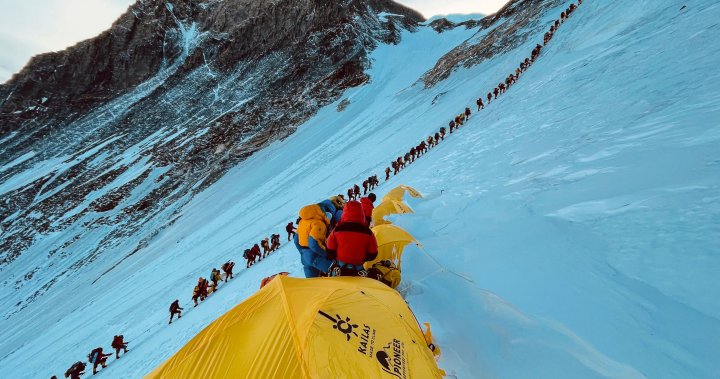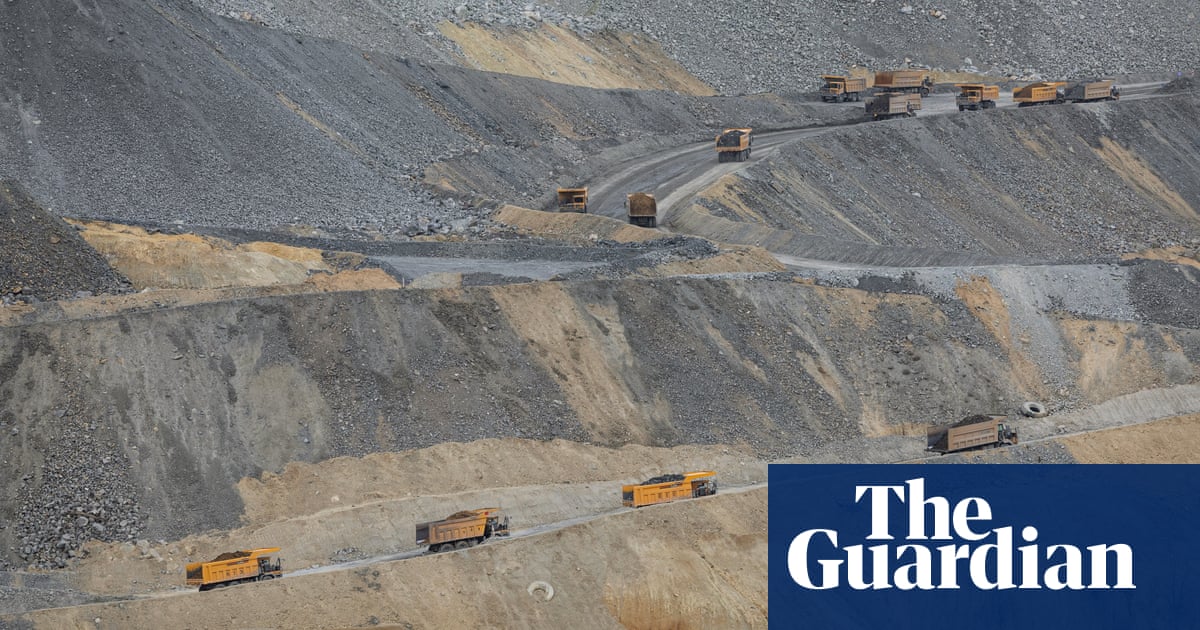For the uninitiated, it’s perhaps a dilemma you’ve never considered: where do you poop when you’re climbing Mount Everest?
According to new rules from local authorities, the answer is into specially designed, biodegradable poop bags.
“Our mountains have begun to stink,” Mingma Sherpa, chairman of the Pasang Lhamu rural municipality, told the BBC.
Under the updated protocol, climbers must now use the bags to carry their own feces during the ascent to Everest’s peak and back down again. Climbers will be expected to bring the bags back to base camp where they can be disposed of after the journey.
The change comes in response to the ever-growing mess of human waste left on Mount Everest, which has been a problem for many years now. Much of the climber excrement does not fully biodegrade on Everest, leaving the copious amounts of poop on the summit to cause pollution and potentially spread disease.
The new poop bags are a form of WAG bag (Waste Alleviation and Gelling) that uses chemicals inside to efficiently solidify and deodorize fecal matter. The bags can typically be used five to six times each.
Before this year’s climbing season, adventurers were told they should dig holes in the ground to relieve themselves. Afterward, climbers were expected to cover the holes with snow. However, at higher points of the summit, the snow is minimal, and climbers were often forced to defecate in the open. Rising temperatures have thinned Everest’s glaciers, leaving fewer and smaller crevasses, so overflowing waste often spills downhill toward base camp and even local communities below the mountain.

Authorities in Pasang Lhamu said the new rule about using poop bags is permanent. The order also applies to climbers of the nearby Mount Lhotse.
Breaking news from Canada and around the world
sent to your email, as it happens.
Breaking news from Canada and around the world
sent to your email, as it happens.
In 2018 alone, it was estimated that around 8,000 kilograms of human excrement was left on Everest during the year’s climbing season.
Mingma said officials in his region, on the Nepalese side of Everest, have received complaints about human stool that is visible on rocks alongside the mountain’s climbing trails.
“Some climbers are falling sick,” he said. “This is not acceptable and erodes our image.”
Perhaps unsurprisingly, there are no toilets on Mount Everest. At the camps along the summit, of which there are several at varying altitudes, climbers and Sherpas (one of the local Tibetan ethnic groups known to support foreign trekkers and mountain climbers) can relieve themselves in tents that feature underground barrels to collect waste.

The new human waste bags must be purchased at base camp and will be checked when a climber returns again.
Alongside the poop-related rule, authorities in Nepal have also ordered climbers in the Himalayas to carry GPS trackers on their person.
The mandate comes after a particularly deadly year on the summit in 2023, where at least 12 climbers died, and five others went missing.
Among the most common reasons for death is altitude sickness, which is caused by ascending a peak too rapidly without allowing the body time to adjust to oxygen level and air pressure changes. This is why climbers typically spend many days at higher-up camps, allowing their bodies to climatize to the altitude.
Overcrowding on the climb can also poses serious risks to adventurers looking to conquer the summit.

More than 300 people have died climbing Mount Everest since the early 1900s, with several bodies still lost and unrecovered.
As well as human waste, trash remains a problem on Mount Everest, though a number of local and government-led initiatives have been created to incentivize clean-up. Mount Everest has in recent years earned the nickname “the highest dumpster in the world” as a result of the growing trash piles.

Mount Everest, which is positioned between Nepal and Tibet, is the world’s tallest peak and stands at 8,849 metres — more than five miles — about above sea level. Everest is one of the Seven Wonders of Nature.
© 2024 Global News, a division of Corus Entertainment Inc.








/cdn.vox-cdn.com/uploads/chorus_asset/file/25419756/247094_When_the_walls_of_Apple_s_garden_came_tumbling_down_MWares.jpg)

